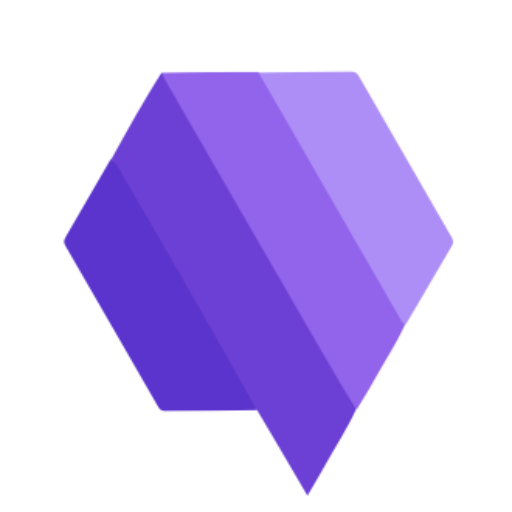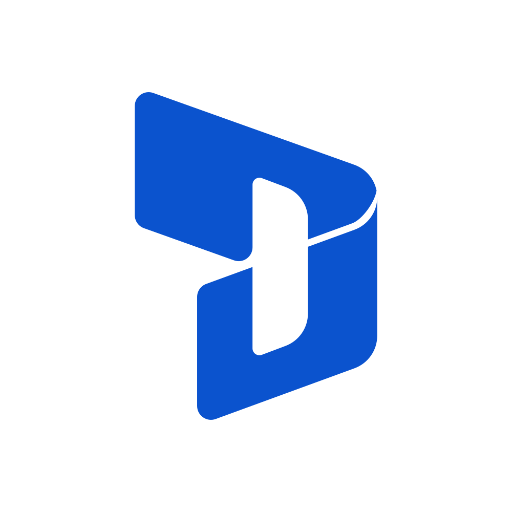Agile User Story Crafter-AI-generated Agile user stories.
AI-powered user stories for Agile teams.
Write a user story about a new feature.
Create a user story for a software update.
Draft a user story for improving user interface.
Generate a user story for a security enhancement.
Related Tools
Load More
Stories for Jira Backlog
Create a Story description ready to be implemented by the developers

Bob The BA - User Story
A Business Analyst That Creates User Stories

Jira Ticket Helper
Help to define a user story ticket based on the information provided

User Story Crafter (USC)
A user story crafting GPT that aligns with your tech stack.

Produtiva: Agile Product Owner
Your Product Management partner

Agile User Story Writer
I craft formal user stories for agile teams.
20.0 / 5 (200 votes)
Introduction to Agile User Story Crafter
The Agile User Story Crafter is designed to assist development teams, product owners, and Agile practitioners in creating well-structured user stories. The core purpose is to streamline the process of capturing functional requirements in a way that aligns with Agile methodologies. By focusing on the persona (user), the desired functionality, and the value provided, the tool ensures that the user stories are clear, actionable, and aligned with business goals. This tool integrates best practices from Agile and Scrum frameworks, helping teams break down complex requirements into manageable tasks that are easy to understand and implement. For example, in a scenario where a development team is working on a new feature for an e-commerce platform, the Agile User Story Crafter could help the product owner define user stories for both customers and admin users, clearly stating the desired functionality and the business value (e.g., improving user experience, increasing conversion rates). This ensures that the development team understands what needs to be built and why, reducing miscommunication and enhancing collaboration.

Key Functions of Agile User Story Crafter
User Story Generation
Example
As a customer, I want to receive email notifications after placing an order, so that I can track the status of my purchase.
Scenario
This function helps a product owner write a detailed user story by focusing on who the feature is for, what the feature is, and the value it provides. In an Agile development team, this user story provides clear guidance for the developers, ensuring that they understand the business need behind the feature.
Acceptance Criteria Definition
Example
The order confirmation email should be sent within 5 minutes of placing an order.
Scenario
Once the user story is created, the tool helps to define acceptance criteria, which are clear conditions that must be met for the user story to be considered complete. This ensures that the development team knows exactly what needs to be done for the feature to be accepted. In a real-world scenario, for an e-commerce app, defining acceptance criteria like email timing helps clarify the expected behavior, reducing ambiguity.
Gherkin-Based Acceptance Test Creation
Example
GIVEN a customer has placed an order, WHEN the order is successfully processed, THEN an email confirmation should be sent.
Scenario
This function translates acceptance criteria into Gherkin syntax, which is a common format used in behavior-driven development (BDD). This allows the development team to automate tests and ensure that the new feature behaves as expected. In a software development project, using Gherkin can facilitate collaboration between developers, testers, and non-technical stakeholders by making test cases understandable to everyone.
Ideal Users of Agile User Story Crafter
Product Owners
Product owners are responsible for defining the vision and requirements of a product. The Agile User Story Crafter assists them by creating clear and actionable user stories that communicate the functional requirements to development teams. This tool helps product owners break down high-level objectives into detailed tasks, ensuring that the development team delivers features that align with business goals.
Development Teams (Agile/Scrum)
Agile and Scrum development teams benefit from the Agile User Story Crafter by receiving structured, well-defined user stories and acceptance criteria. This allows them to focus on the technical implementation of features without misunderstanding the intended functionality. Additionally, the tool’s ability to generate Gherkin-based tests ensures that developers can write test cases and automate testing processes efficiently, increasing the quality of their code.

How to Use Agile User Story Crafter
1
Visit aichatonline.org for a free trial without login, also no need for ChatGPT Plus.
2
Familiarize yourself with Agile and user stories if you're new to the concept. Basic knowledge of Agile methodologies will help you understand the functionality better.
3
Input your user story requirements, including the persona, functionality, and value you aim to create. This will guide the crafting of your user story.
4
Review the generated user story, acceptance criteria, and Gherkin-formatted acceptance tests. Refine the details to suit your specific use case.
5
Collaborate with your development team to validate the user story and acceptance tests. Iterate as needed to improve alignment with your project's goals.
Try other advanced and practical GPTs
Dataiku Guide
AI-powered guidance for Dataiku success

Subtitle Translator Pro
AI-powered subtitle translations made easy

STEM Explainer - Hyperion v1
AI-driven insights for deeper STEM understanding.

Custom Colorize
AI-powered tool for coloring page creation.

Dynamics 365 Architect
AI-Powered Solutions for Dynamics 365

Essay Assist
AI-powered academic writing assistant

Tableau Expert
AI-Powered Assistance for Tableau Users

Machine Learning Dev and Design
AI-powered guidance for machine learning development.
Sports Betting Guide
AI-powered guide for smarter betting

Learn LUKSO
AI-driven smart contract guidance for LUKSO.

OpenStory Visualizer
AI-Powered Script to Visuals Tool

GPT Directory
Unlock the Power of AI Models

- Project Planning
- Team Collaboration
- Product Development
- Software Testing
- Feature Specification
Agile User Story Crafter Q&A
What is Agile User Story Crafter?
Agile User Story Crafter is an AI-powered tool that helps you create detailed user stories, acceptance criteria, and Gherkin acceptance tests for Agile development teams. It automates the process to ensure clarity and alignment between stakeholders and developers.
How does the tool generate acceptance tests?
Agile User Story Crafter uses natural language processing to transform your requirements into Gherkin-style acceptance tests. These tests follow the Given-When-Then format, ensuring consistency and comprehensibility for testing teams.
Can Agile User Story Crafter be used by non-technical team members?
Yes, the tool is designed for both technical and non-technical stakeholders. It simplifies the process of defining user stories and acceptance criteria, making it accessible even if you're not familiar with Agile development practices.
What are the common use cases for Agile User Story Crafter?
Common use cases include defining software requirements, aligning cross-functional teams in Agile projects, and streamlining the creation of user stories for developers, testers, and product owners.
Does the tool support multiple languages for acceptance criteria?
Currently, the tool is optimized for English, but it can adapt to various project types, and there are plans to support other languages in the future based on user demand.